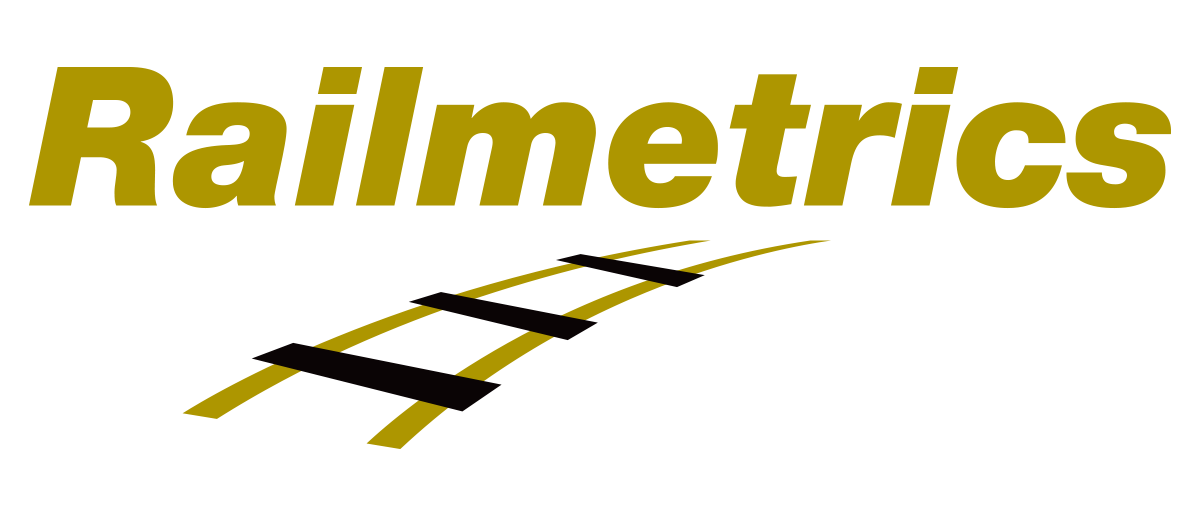
Published Mon 29th Jan 2024
Web software isn't new to Senceive...
We’ve been using web technologies to enable our customers to remotely monitor their assets since the first release of WebMonitor back in 2008. By contrast, at the time, the industry standard systems tended to be wired data loggers and multiplexers, kilometres of cabling running across building sites, and the data being uploaded using the (1970s era) FTP protocol to a customer-managed server.
Senceive came out of a University College London research project into low power wireless mesh networking, and pushed into the infrastructure monitoring industry with a new approach. The benefits over the status quo were clear, with substantially lower cost of installation and setup, and the ease of deployment (and re-deployment) far outstripped traditional wired monitoring.

Charing Cross installation, with Senceive tilt nodes magnetically attached to tunnel lining in foreground, and wired monitoring equipment cabinets and cabling in the background
WebMonitor release
With WebMonitor’s release it became a critical part of our customers’ experience as the primary means of presenting data and raising alerts from FlatMesh monitoring systems, and for years – with care – we were able to serve all our customers from a succession of an increasingly powerful single server located in a UK data centre. I never saw the hardware, but became intimately familiar with it as the CTO and WebMonitor responsible engineer at that time.
Our database crossed over the 1 trillion data sample mark in late 2015 and grew more and more rapidly as the years went on (I was using semi-log plots to try and get a grip on the growth rates!) 2018 was our year of moving everything into “the cloud” (Microsoft Azure) and we haven’t looked back. At that time we were adding comfortably more than 100,000 samples per month.
We hadn’t (yet) spent a lot of time working on making WebMonitor cloud-native; not much other than moving the database to a managed service has changed. But despite this, moving to Azure gave us a lot more flexibility and allowed us to really shift our focus away from maintaining the labour-intensive database server side of WebMonitor and towards building a more feature-rich system.
From idea to implementation - the road to Senceive.io
A lot has changed in the business world, even just in the last few years. We continue to see more and more of our customers becoming more accepting of using online platforms. This allows us to manage the platform on their behalf, allowing them to focus on what they do best – monitoring their assets. In many ways, the parallels with our experience in moving WebMonitor to Azure are clear.
The other thing which was changing was customers’ expectations around more advanced systems integration. WebMonitor wasn’t originally set up to support a full application programming interface (API) for systems integrators to seamlessly combine data into a single platform, and to control the behaviour of the equipment.
Dedicated data flow and data visualisation improvement
To solve these problems, we decided it was best to introduce a new dedicated data flow and equipment configuration management system to sit between the monitoring equipment and WebMonitor. This new platform would provide a full API to allow other data visualisation platforms to integrate with the same level of access as WebMonitor. Fairly early on in this new product’s development we started calling it Senceive.io and the name stuck.

Early block diagram (before the name Senceive.io had been introduced, we were just calling it "Data Manager"
It was obvious that as we started looking at the architecture of Senceive.io we needed it to operate efficiently and scale well. Most of our customers will be using the Senceive.io Cloud service for a host of benefits including:
- direct support available for system configuration
- integration to WebMonitor
- maximum functionality available
- no need to worry about server maintenance, updates, and backups
- high availability built in for reliable performance
- equipment is ready to go as shipped, no need to recommission it to a local server
But not every project can run on an online service...
Once upon a time, we used to install WebMonitor on local machines for isolated monitoring projects. Some of our really important early projects from 2011 through 2015 used dedicated instances of WebMonitor, running on local laptops or industrial PCs installed in the monitoring zones. But these situations became more and more difficult to manage and support properly as the number, complexity, and diversity of the projects increased.
We eventually stopped offering WebMonitor as a locally installed option, a decision which was made easier by the greater availability and support for broadband internet connections to obscure and difficult locations like London Underground stations (yes, getting communications to London Underground monitoring zones is often difficult even in the era of public WiFi in stations!) Along with FlatMesh Data Logger and FTP transfers to WebMonitor over the internet, we managed to solve most connectivity challenges in a more manageable way.
For Senceive.io we needed to go one step further, offering a proper management platform that a customer can will be able to run on their own private infrastructure, without intervention by Senceive or excessive effort from local IT support. In short, we needed to offer a locally installable variant of Senceive.io alongside the Senceive.io Cloud service.
However, when building cloud-native products, it’s easy to end up with a highly scalable and reliable architecture which is unsuitable for a local environment. In the next part we’ll look in a bit more detail at these challenges and the approach we’ve taken to build a product which is cloud-native while still being local-friendly.
Read the second part: Senceive.io: Cloud-native, Local-friendly










